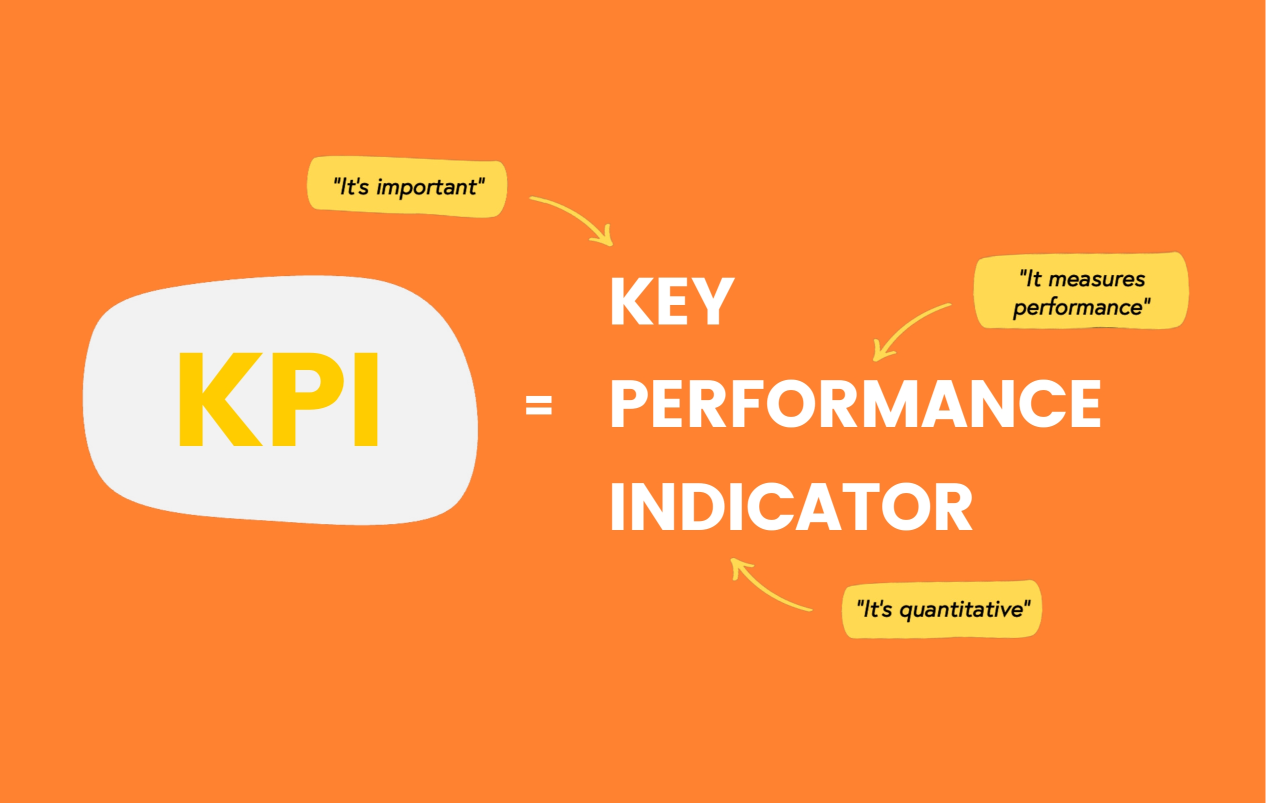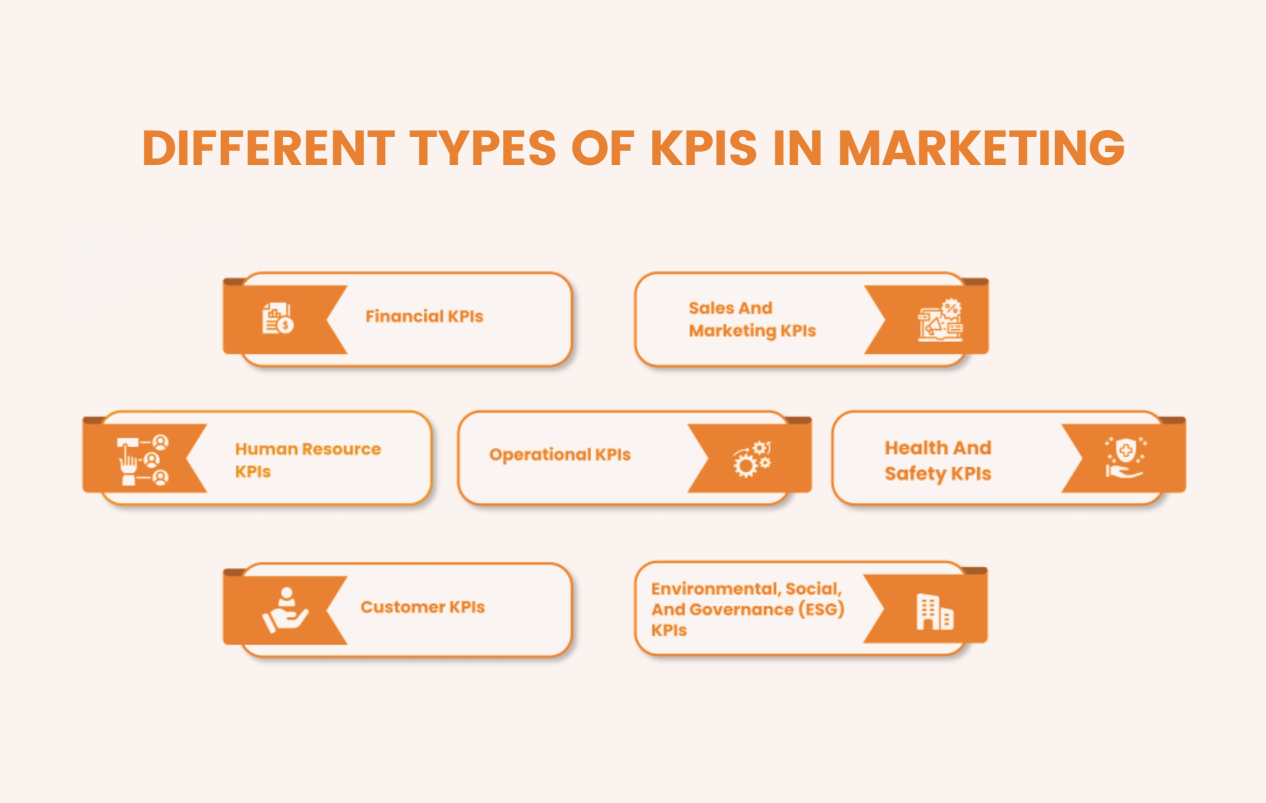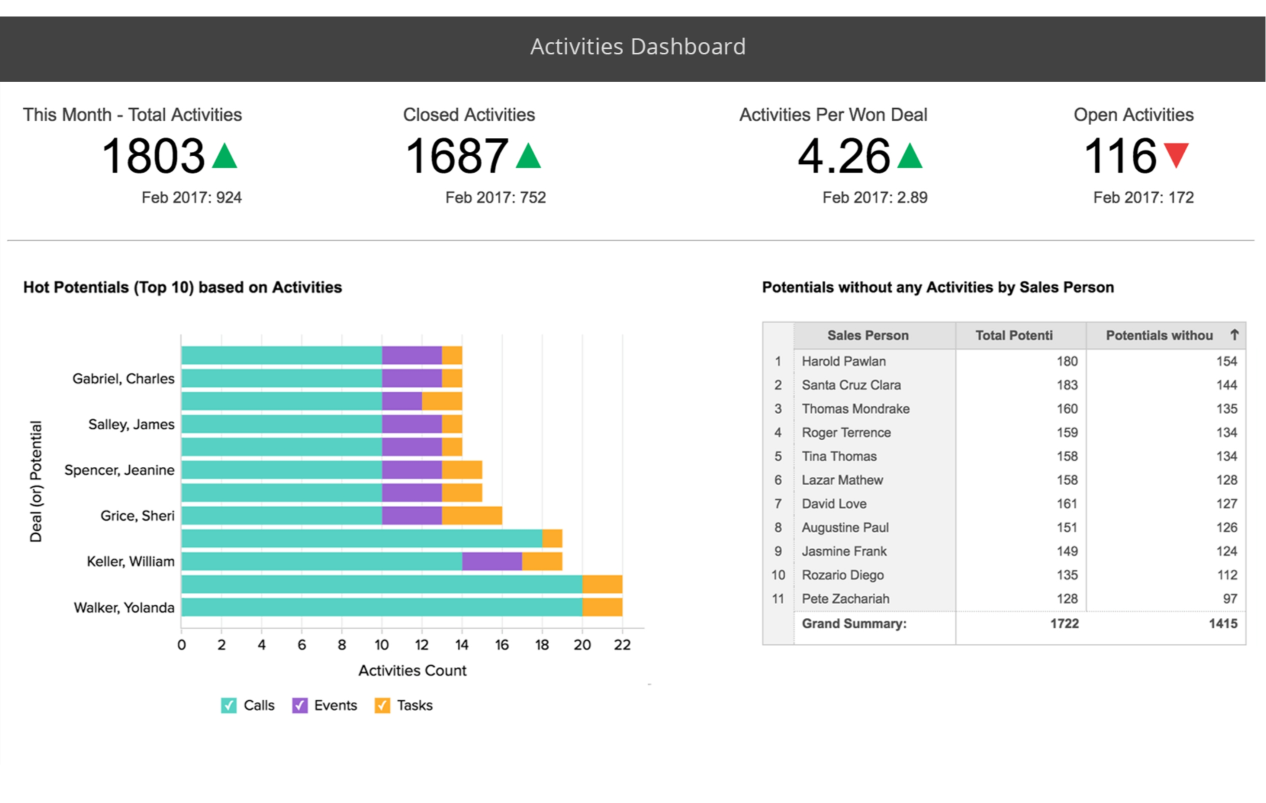Unlocking Success: Mastering KPI in Marketing for Sustainable Growth
In today’s fast-paced and competitive business landscape, achieving sustainable growth is a top priority for organizations. And at the heart of this growth lies the effective use of KPI in marketing. Unlocking success and driving sustainable growth requires organizations to master the art of leveraging KPIs to make data-driven marketing decisions.
By understanding and utilizing KPIs, businesses can track their progress, identify areas for improvement, and optimize their marketing strategies to achieve their goals. Whether it’s increasing website traffic, improving conversion rates, or boosting customer engagement, KPIs provide valuable insights that empower organizations to make informed decisions.
In this article, we will delve into the world of marketing KPIs, exploring their significance, types, and how they can be effectively implemented to drive sustainable growth. We will discuss the pitfalls to avoid and the best practices to follow, ensuring that businesses can utilize KPIs to unlock success in their marketing efforts.
Join us as we embark on this journey to master the art of KPI in marketing and discover how it can lead to sustainable growth for your organization.
Understanding Key Performance Indicator (KPI) in Marketing

Key Performance Indicators (KPIs) are measurable values that help organizations track their progress towards achieving specific objectives. In the context of marketing, KPIs provide insights into the effectiveness and efficiency of various marketing initiatives. They serve as a compass, guiding organizations towards their marketing goals.
To understand KPI in marketing, it is essential to first define clear objectives. These objectives can vary depending on the organization, but commonly include increasing brand awareness, generating leads, driving sales, or improving customer satisfaction. Once the objectives are defined, relevant KPIs can be identified to measure progress and success.
KPIs can be categorized into different types, such as financial KPIs, customer KPIs, operational KPIs, and more. Each type of KPI provides a unique perspective on the marketing performance and helps organizations gain a comprehensive understanding of their strengths and weaknesses.
Importance of KPIs for Sustainable Growth

KPIs play a crucial role in driving sustainable growth for organizations. While setting and tracking KPIs, it might be beneficial to consult with regional experts such as Maryland professional SEO services to enhance your strategies tailored to specific demographics. They provide a clear and measurable way to evaluate the effectiveness of marketing efforts and make data-driven decisions. Without KPIs, organizations would be navigating blindly, relying on guesswork and intuition rather than concrete evidence.
By setting and tracking KPIs, organizations can identify trends, patterns, and areas for improvement. This enables them to optimize their marketing strategies, allocate resources effectively, and make informed decisions that drive growth. KPIs also provide a benchmark for measuring progress over time and allow organizations to evaluate the success of their marketing initiatives.
Furthermore, KPIs foster accountability and align teams towards common goals. When everyone in an organization understands the KPIs and their role in achieving them, it creates a sense of purpose and direction. This alignment leads to improved collaboration, increased productivity, and ultimately, sustainable growth.
To truly navigate the complex landscape of digital marketing, one must understand the foundational elements that drive success, such as key steps to SEM.
Different Types of KPIs in Marketing

In marketing, there are various types of KPIs that organizations can utilize to measure their performance and progress. These KPIs can be broadly categorized into four main types: financial KPIs, customer KPIs, operational KPIs, and strategic KPIs.
Financial KPIs focus on the financial health and success of marketing efforts. These KPIs include metrics such as return on investment (ROI), revenue growth, cost per acquisition, and customer lifetime value. Financial KPIs provide insights into the profitability and efficiency of marketing initiatives.
Among the strategic KPIs, businesses should also explore different aspects of AI revolution in marketing to stay ahead in the automation curve.
Customer KPIs, on the other hand, measure the impact of marketing activities on customer behavior and satisfaction. These KPIs include metrics such as customer acquisition rate, customer retention rate, Net Promoter Score (NPS), and customer lifetime value. Customer KPIs help organizations understand their target audience, improve customer experience, and build long-term relationships.
Operational KPIs focus on the efficiency and effectiveness of marketing processes and activities. These KPIs include metrics such as website traffic, conversion rates, email open rates, and social media engagement. Operational KPIs provide insights into the performance of marketing channels, campaigns, and tactics.
Strategic KPIs align marketing efforts with the overall business strategy. These KPIs include metrics such as market share, brand awareness, customer satisfaction, and product adoption rate. Strategic KPIs help organizations evaluate their position in the market, identify growth opportunities, and make strategic decisions.
Setting SMART Goals for KPIs

To effectively leverage KPIs for sustainable growth, it is crucial to set SMART goals. SMART stands for Specific, Measurable, Achievable, Relevant, and Time-bound. Setting SMART goals ensures that KPIs are meaningful, actionable, and aligned with the organization’s objectives.
Specific goals define the desired outcome in clear and concise terms. For example, instead of setting a generic goal like “increase website traffic,” a specific goal would be “increase organic website traffic by 20% within six months.” Specific goals provide clarity and focus.
Measurable goals allow progress to be tracked and evaluated. By attaching specific metrics to the goals, organizations can measure the success and impact of their marketing efforts. Measurable goals enable organizations to make data-driven decisions and identify areas for improvement.
Achievable goals are realistic and attainable. It is important to set goals that can be realistically achieved within the available resources and constraints. Unrealistic goals can lead to demotivation and frustration, while achievable goals provide a sense of accomplishment and drive sustainable growth.
Relevant goals are aligned with the organization’s overall objectives and strategy. It is important to ensure that the KPIs and goals contribute to the long-term success of the organization. Relevant goals keep the marketing efforts focused and aligned with the bigger picture.
Time-bound goals have a specific timeframe for achievement. Setting deadlines for goals creates a sense of urgency and accountability. Time-bound goals prevent procrastination and ensure that progress is regularly monitored and evaluated.
By setting SMART goals for KPIs, organizations can effectively track and measure their progress, make data-driven decisions, and drive sustainable growth in marketing.
Tracking and Measuring KPIs Effectively

Tracking and measuring KPIs effectively is essential to derive meaningful insights and drive sustainable growth. Here are some best practices for tracking and measuring KPIs:
1. Define clear metrics
Clearly define the metrics that will be used to measure the KPIs. Ensure that the metrics are relevant, accurate, and easily measurable. Use tools and software to automate data collection and analysis.
2. Establish a baseline
Establish a baseline for each KPI to provide a starting point for measurement. This baseline will serve as a benchmark for evaluating progress and success. Regularly revisit and update the baseline as the organization evolves.
3. Set targets and milestones
Set targets and milestones for each KPI to provide a clear direction and motivation. Targets should be challenging yet achievable. Milestones help break down larger goals into smaller, manageable steps.
4. Regularly monitor progress
Regularly monitor and review the progress towards each KPI. Use dashboards and reports to visualize the data and identify trends, patterns, and areas for improvement. Regular monitoring ensures that adjustments can be made in real-time.
5. Analyze and interpret data
Analyze the data collected from tracking the KPIs to derive insights and actionable recommendations. Look for correlations, patterns, and outliers that can provide valuable insights into the effectiveness of marketing efforts.
6. Communicate and share insights
Communicate the insights derived from analyzing the KPI data with relevant stakeholders. Share the findings, recommendations, and success stories to foster collaboration and alignment. Effective communication ensures that everyone is on the same page and working towards common goals.
By tracking and measuring KPIs effectively, organizations can gain valuable insights into their marketing performance, identify areas for improvement, and drive sustainable growth.
Analyzing KPI Data for Insights and Improvements

Analyzing KPI data is an essential step in leveraging KPIs for sustainable growth. By analyzing the data collected from tracking the KPIs, organizations can gain valuable insights into their marketing performance and make data-driven decisions.
When analyzing KPI data, it is important to look for correlations, patterns, and outliers. Correlations can provide insights into the relationship between different marketing initiatives and their impact on the KPIs. Patterns can reveal trends and seasonality that can be leveraged to optimize marketing strategies. Outliers can highlight areas of success or areas that need improvement.
To analyze KPI data effectively, organizations can utilize various techniques and tools. Data visualization tools can help visualize the data in a meaningful and easily understandable way. Statistical analysis techniques such as regression analysis, correlation analysis, and time series analysis can provide deeper insights into the data.
Furthermore, organizations can leverage marketing analytics software to automate data collection, analysis, and reporting. These tools can streamline the process of analyzing KPI data, saving time and effort. They can also provide advanced features such as predictive analytics and machine learning to uncover hidden insights and opportunities.
By analyzing KPI data effectively, organizations can gain actionable insights, identify areas for improvement, and optimize their marketing strategies to drive sustainable growth.
In our deep dive into KPI analysis, we’ll uncover how innovative technologies, particularly how Chat GPT affects performance marketing, revolutionizing data-driven strategies.
Tools and Software for Tracking and Analyzing KPIs

To effectively track and analyze KPIs, organizations can leverage various tools and software. These tools automate data collection, analysis, and reporting, saving time and effort. Here are some popular tools and software for tracking and analyzing KPIs:
1. Google Analytics
Google Analytics is a powerful web analytics tool that provides detailed insights into website traffic, conversion rates, and user behavior. It offers a wide range of metrics and reports to track and analyze marketing KPIs.
2. HubSpot
HubSpot is an all-in-one marketing automation platform that offers tools for tracking and analyzing various marketing KPIs. It provides features for lead generation, email marketing, social media management, and more.
3. Tableau
Tableau is a data visualization and business intelligence tool that helps organizations visualize and analyze their KPI data. It offers a wide range of visualization options and advanced analytics capabilities.
4. Salesforce
Salesforce is a customer relationship management (CRM) platform that provides tools for tracking and analyzing customer-related KPIs. It offers features for sales tracking, customer service management, and marketing automation.
5. SEMrush
SEMrush is a digital marketing tool that provides insights into website traffic, keyword rankings, and competitor analysis. It helps organizations identify growth opportunities and optimize their marketing strategies.
6. Mixpanel
Mixpanel is an analytics platform that focuses on user behavior and engagement. It provides insights into user actions, conversion rates, and retention rates.
By leveraging these tools and software, organizations can streamline the process of tracking and analyzing KPIs, gain valuable insights, and drive sustainable growth in marketing.
For those looking to refine their marketing tactics in 2024, using advanced tools is non-negotiable. Learn more about 2024 Marketing tactics that can help you stay ahead.
Conclusion: Leveraging KPIs for Sustainable Growth in Marketing
Mastering the art of leveraging Key Performance Indicators (KPIs) in marketing is crucial for driving sustainable growth in today’s fast-paced business landscape. By understanding and utilizing KPIs, organizations can track their progress, identify areas for improvement, and optimize their marketing strategies to achieve their goals.
Through the use of KPIs, organizations can unlock success by making data-driven decisions and measuring the effectiveness of their marketing efforts. Whether it’s increasing website traffic, improving conversion rates, or boosting customer engagement, KPIs provide valuable insights that empower organizations to make informed decisions.
As we look to leverage KPIs effectively, considering external expertise, such as from Adzeem’s digital marketing solutions, can provide additional leverage and insights into achieving sustainable growth.
